Much of the time photographers get so excited about the subject before their camera that they don’t pay any attention to anything else that is captured by the camera’s sensor when the exposure is made. Of course, things can be cropped out during postproduction, but what if the background is so busy that it obscures the intended subject of the photograph? The background can impact a subject in many ways and much of the time it interferes with the subject.
In the past I have written about composition, depth of field, and even bokeh. Composition can be as simple as creating an interesting photograph by using basic guidelines or compositional strategies for a balanced image. Depth of field is that area in front of and behind the subject that is acceptably clear, and bokeh refers to that portion of an image that is out of focus. Using those three mechanisms or strategies as a way to isolate a subject help photographers increase the impact their photographs have for viewers.
A serious wild life photographer once told me that it is important to have a background that is neutral and non descript. I had one experienced birder giving me tips on photographing Loons, explain that soft green water made better pictures than contrasty blue water. I think that this may be his personal opinion, but I have to agree that of the photos I took that day I liked way the green water looks better.
I recall a photographer who had exhibited his photograph in a local exhibition being angry because he didn’t get a mention by the judges on his photograph of an eagle posing on a branch. He had exposed it properly and displayed it sharply. He was so proud of his photograph of that bald eagle that he was unable to see the busy background and how it negatively impacted on the overall photograph. I believe the judges did see that.
My advice to that photographer would be to curb his excitement and spend some time examining his subject and its surroundings. Using the term, coined by Ansel Adams, that I mentioned in my 26 June 2014 article, he should “previsualize” the image for its best impact.
Compose and isolate the center of interest, and decide how to use the background to the best effect; whether the background should be in, out, or partially focused, or to have it clear or cluttered, and if it is appropriate for inclusion or to be excluded. A busy background distracts viewer’s attention.
Backgrounds present both opportunities and challenges to photographers. Here are four very simple suggestions other photographers have told me take into consideration to make the background work.
1. Check your background before pressing the shutter;
2. Pay attention to your shooting angle;
3. Use the aperture or the focal length to blur the background;
4. Fill the frame with your subject.
They are all great tips, or thoughts for us all to remember, and I personally like the words of Ansel Adams that fits well, “A good photograph is knowing where to stand.” And I’ll add, remember to consider the background.
I enjoy all comments. Thanks, John
My website is at http://www.enmanscamera.com

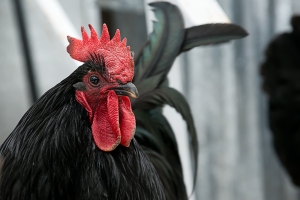
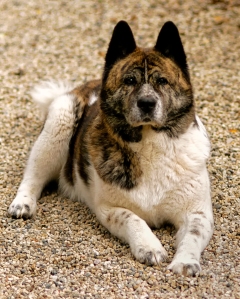
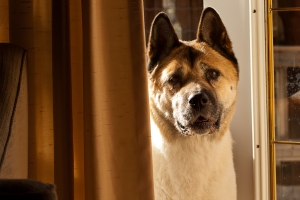

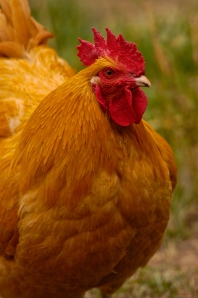

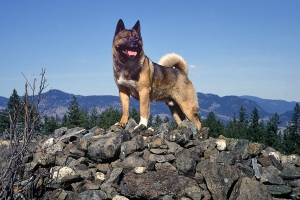
As usual, John, great advice clearly stated. And accompanied by interesting photos (my favourites – the roosters).
LikeLike
Thanks very much Derek. The roosters are Brewster (Brewster the Rooster) and Chuck (Chuck-n-the chickens)
LikeLike
Reblogged this on Bridge Lake Photo Group and commented:
Here’s some excellent advice from John Enman.
LikeLike
In paragraph 2, it’s possible you meant bokeh rather than brokeh. Brokeh is where you go to Iceland and wipe out a hire car in the highlands (unlikely to be covered by insurance).
I think the other advice to give that photographer is to always try to learn from criticism, even where that criticism is implicit. No-one gets it right all the time and probably everyone has problems overvaluing images that they have a high emotional investment in.
LikeLike
Ha, you caught a typo Murray…I usually catch things when I proof read. Maybe I was thinking of my truck which was “broke..N”.
I am cautious with my advice…every problem with and image must be accompanied with a success because, as you wrote, “they have a high emotional investment in. Thanks for taking the time to add your thoughts…I do appreciate that.
LikeLike
Another great read John and I couldn’t agree more with several of the points that you made. At times I’m astounded by distracting backgrounds and crooked horizons that I see in images created by some. The “crooked horizon” is most irritating. Just recently I observed a cover page with a crooked horizon, the publication has a huge circulation! I don’t know if I should blame the photographer or the editor but at any rate it’s unacceptable. If we spent more time visualizing and imagining as suggested in your post that contemplation would translate into more favorable and pleasing results.
LikeLike
Ahh…but modern cameras do everything. Put the mode to program & take the picture. I have a friend that continually reminds me that if people like it, it doesn’t matter…if they like it is good.
My continual study and discussion on what makes a creative and successful image frustrates him. It is all about the equipment.
LikeLike
You should continually remind your friend that good artists follow, great artists steal – a line from Picasso I believe and so what is he or she doing to steal the minds and imagination from the mass of followers, by being nothing more than a follower? As with many things, it’s about creating value in the eye of the beholder but most importantly finding value within.
LikeLike
Cat photo is my favorite although I love all of Your photos.
LikeLike
Thanks Sartenada, That is a great looking cat. Really big in size and didn’t care that I was there with my camera.
LikeLike
I agree with all you’ve said and am working hard on composition and depth of field. I absolutely love the ginger cat photograph (not least because it looks a lot like my dear departed Herky!).
LikeLike
Yes, do pay attention to the rules of composition and learn to control depth of field.
Everybody likes that cat. Thanks frag.
LikeLike